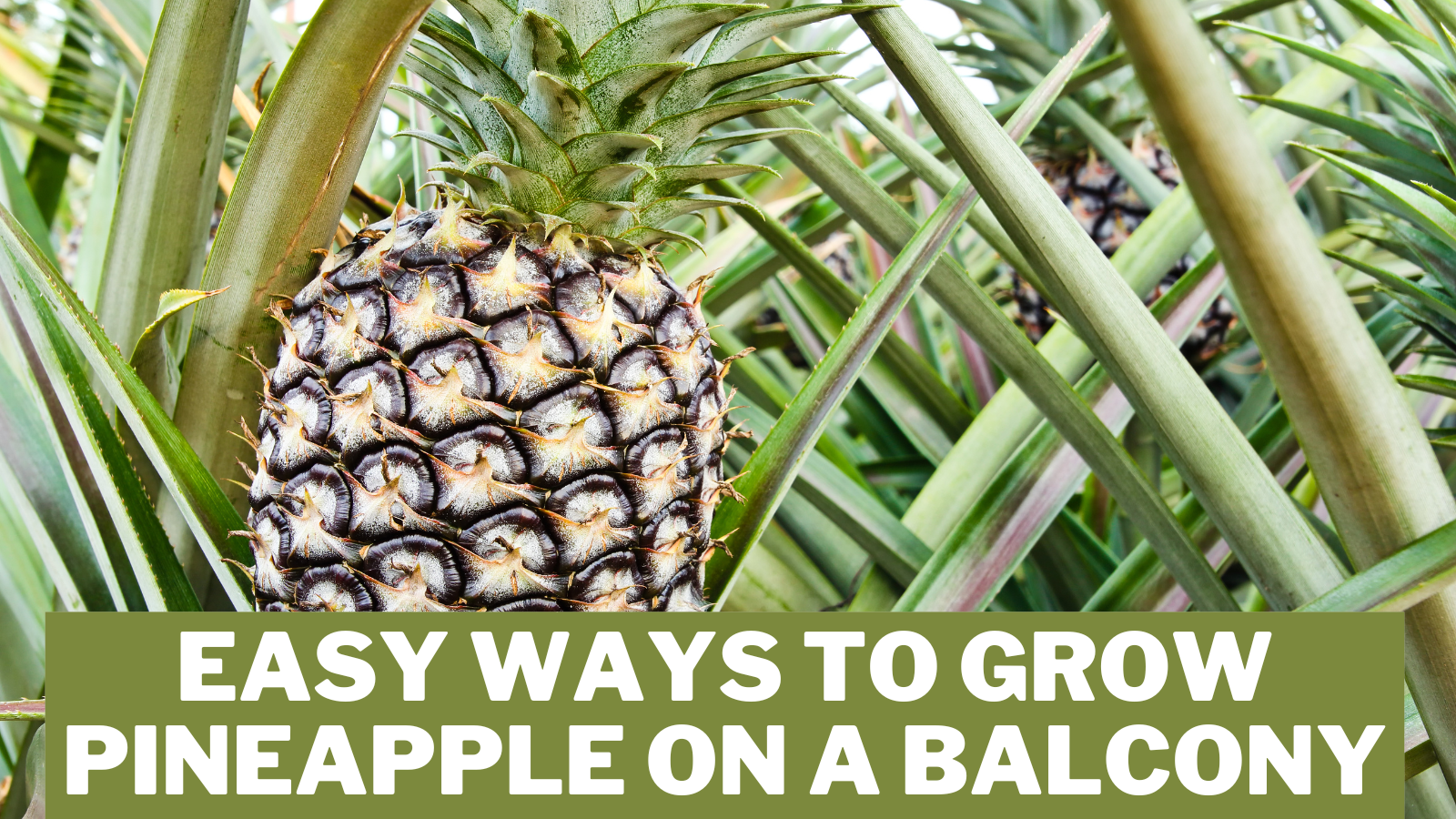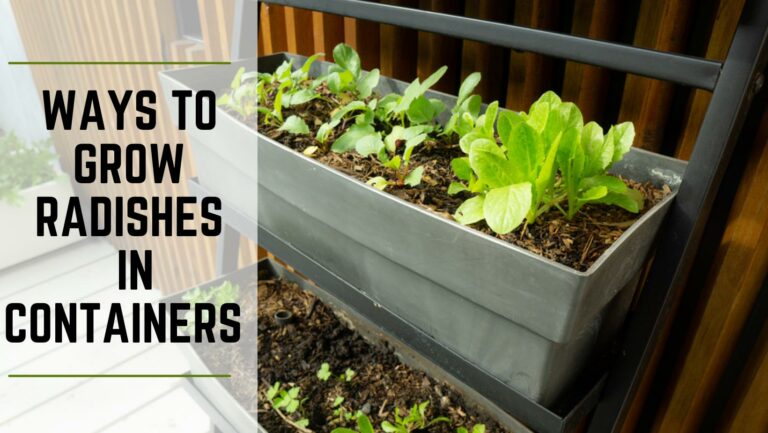Easy Ways To Grow Pineapple On A Balcony
Easy Ways To Grow Pineapple On A Balcony
Pineapples thrive in pots, so that you may grow them indoors or on your balcony.
What could be better than delicious fruit that is easy to cultivate and can even be grown in an apartment?
You're on your way to a zero-waste lifestyle by using the top of a pineapple you bought, and you've saved the pineapple top from ending up in a landfill, where it could spew greenhouse gases and harm our planet.
Stay with us, follow these steps, and you’ll be able to grow pineapple on a balcony.
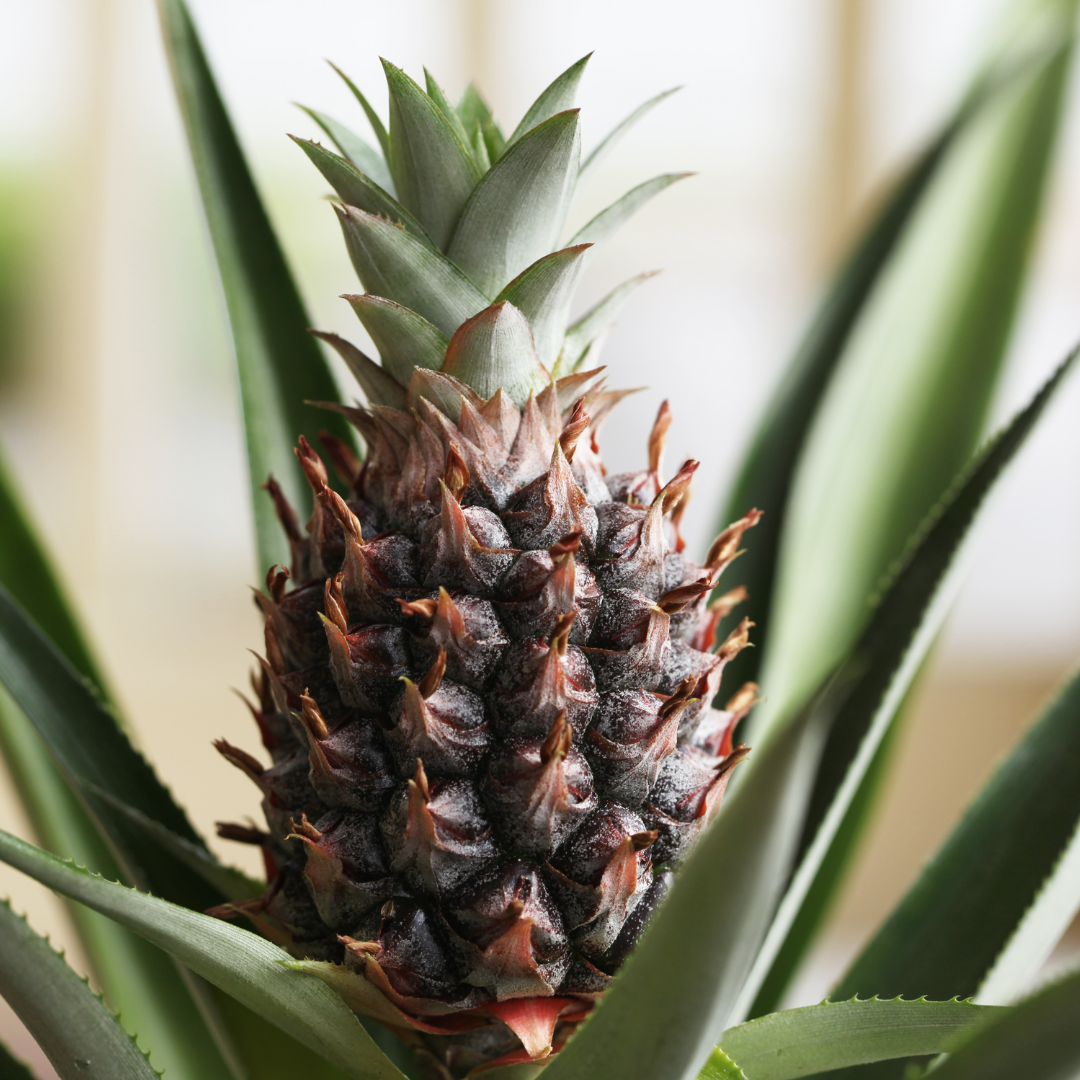
History
Most people believe the fruit was first grown by Hawaiians, although this is not true.
Pineapples are members of the bromeliad family, which originated in South America and were transported to Spain in 1493 by Christopher Columbus, the famed discoverer. Pineapples were also produced in Africa.
In the 17th century, Europeans produced huge quantities of pineapples in greenhouses. It was regarded as a pricey fruit enjoyed primarily by the wealthy and elite at the time.
Mr. James Dole, an industrialist, was the first to think of bringing pineapples into the mainstream, founding the Hawaiian Pineapple Company in 1901, which subsequently became the Dole Food Company.
He made pineapples incredibly successful, and his company produced over 75% of all pineapples in the globe for almost seven decades! Everyone now enjoys pineapples, and they are widely available!
He made pineapples incredibly successful, and his company produced over 75% of all pineapples on the globe for almost seven decades! Everyone now enjoys pineapples, and they are widely available!
Varieties Of Pineapple
Pineapples are grown in over 37 different varieties, each with its qualities. Here's a quick rundown of the ten most popular varieties.
You can choose any of them to grow pineapple on a balcony. Abacaxi pineapples are a popular crop since they are tasty and disease-resistant.
1. Queen Pineapples
Queen pineapples are dark-yellow in colour and have a small core. They are usually found in Australia and South Africa.
The Queen pineapple has a pleasant aroma and flavour but does not taste well. It's preferable to consume them raw.
Other types of pineapple are more susceptible to diseases and cold temperatures than queen pineapples.
2. Red Spanish Pineapples
As their name suggests, red Spanish pineapples are orange-red in colour and grown in the Caribbean.
It yields light-yellow fruit with a pleasant scent. They're tough and fibre-rich but not as tender as other types.
3. Kona Sugarloaf Pineapples
Smooth Cayenne pineapple is known as Kona Sugarloaf. It has white flesh with a lot of sugar and no acidity.
It's sweet and wonderful in an odd way. One distinguishing trait of this pineapple is that the center is not woody but rather delicate and entirely edible.
4. Pernambuco Pineapples
Pineapples from Pernambuco are primarily farmed in Brazil. They are white, soft, and juicy with a moderate flavour. Inside and out, they're yellow, with tall, spiky leaves that stick out.
5. Mordilona Pineapples
Mordilona pineapples are grown in Colombia and Venezuela's northern Andes. They have yellow to orange peel are large, irregular, and cylindrical and have a yellow to orange peel. The flesh is sweet and cream-coloured.
6. Brecheche Pineapples
Brecheche pineapples are cylinder-shaped, tiny, and olive in colour. There are no spikes on this plant. Brecheche has a yellow flesh that is fragrant and delicious, with a little core.
7. Abacaxi Pineapples
Abacaxi pineapples are delicious and disease-resistant, making them a popular crop to raise. They can weigh anywhere between two and eleven pounds.
They're tall and spiky, with virtually translucent flesh. They're delicious but a little too delicate to be used in a business setting.
8. Smooth Cayenne Pineapples
Smooth Cayenne pineapples resemble those seen at a typical American grocery shop.
They're the most common pineapple kind farmed in Hawaii and larger than most other varieties, weighing four to ten pounds each. They have bright yellow flesh that is quite juicy.
9. Panare Pineapples
This pineapple is named after a Venezuelan Indian tribe that farmed it. The orange-coloured fruit has a bottle form. The flesh is a bright yellow with a little core and a mild fragrance.
It doesn't matter which pineapple variety you choose. It'll be great.
10. Singapore Red Pineapples
Singapore Green leaves with a scarlet stripe at the end characterize red pineapples. The little reddish-yellow fruits are shaped like a cylinder and have golden-yellow flesh. They're resistant to illness and pests and ideal for canning.
Nutrition Fact Of Pineapples
The following ingredients can be found in one cup (5.8 ounces or 165 grams) of pineapple chunks:
- Calories: 82.5
- Fat: 1.7 grams
- Protein: 1 gram
- Carbs: 21.6 grams
- Fiber: 2.3 grams
- Pantothenic acid: 4% of the RDI
- Vitamin C: 131% of the RDI
- Manganese: 76% of the RDI
- Magnesium: 5% of the RDI
- Vitamin B6: 9% of the RDI
- Riboflavin: 3% of the RDI
- Potassium: 5% of the RDI
- Thiamin: 9% of the RDI
- Copper: 9% of the RDI
- Niacin: 4% of the RDI
- Folate: 7% of the RDI
- Iron: 3% of the RDI
Health Benefits Of Pineapple
1. Reduce The Risk Of Cancer
Pineapple has anti-oxidant and anti-inflammatory properties, which are both associated with cancer.
The enzyme bromelain is one of these substances, and it has been shown to trigger cell death in cancer cells and assist white blood cell activity.
2. Lose Your Weight
You may have heard that eating pineapple can help you lose weight.
Although an animal study published in April 2018 in Food Science and Biotechnology found that pineapple juice may help decrease fat production and increase fat breakdown, there isn't much data to back up that claim.
However, further human research is needed to corroborate this finding.
3. Aid Your Digestion
Pineapple is high in fiber, which is linked to improved digestion. Bromelain, which is supposed to assist digestion, is also present, though there isn't enough scientific data to determine for sure.
4. Provide Antioxidants To Fight Disease
Pineapples are not only nutrient-dense, but they're also high in antioxidants.
Antioxidants are substances that aid in the body's battle against oxidative stress.
The presence of too many free radicals in the organism causes oxidative stress.
These free radicals react with the body's cells, causing damage linked to chronic inflammation, a weaker immune system, and various disorders.
Pineapples are particularly high in antioxidants, flavonoids and phenolic acids.
Furthermore, many pineapple antioxidants are bonded. This enables the antioxidants to withstand the body's harsher circumstances and generate longer-lasting effects.
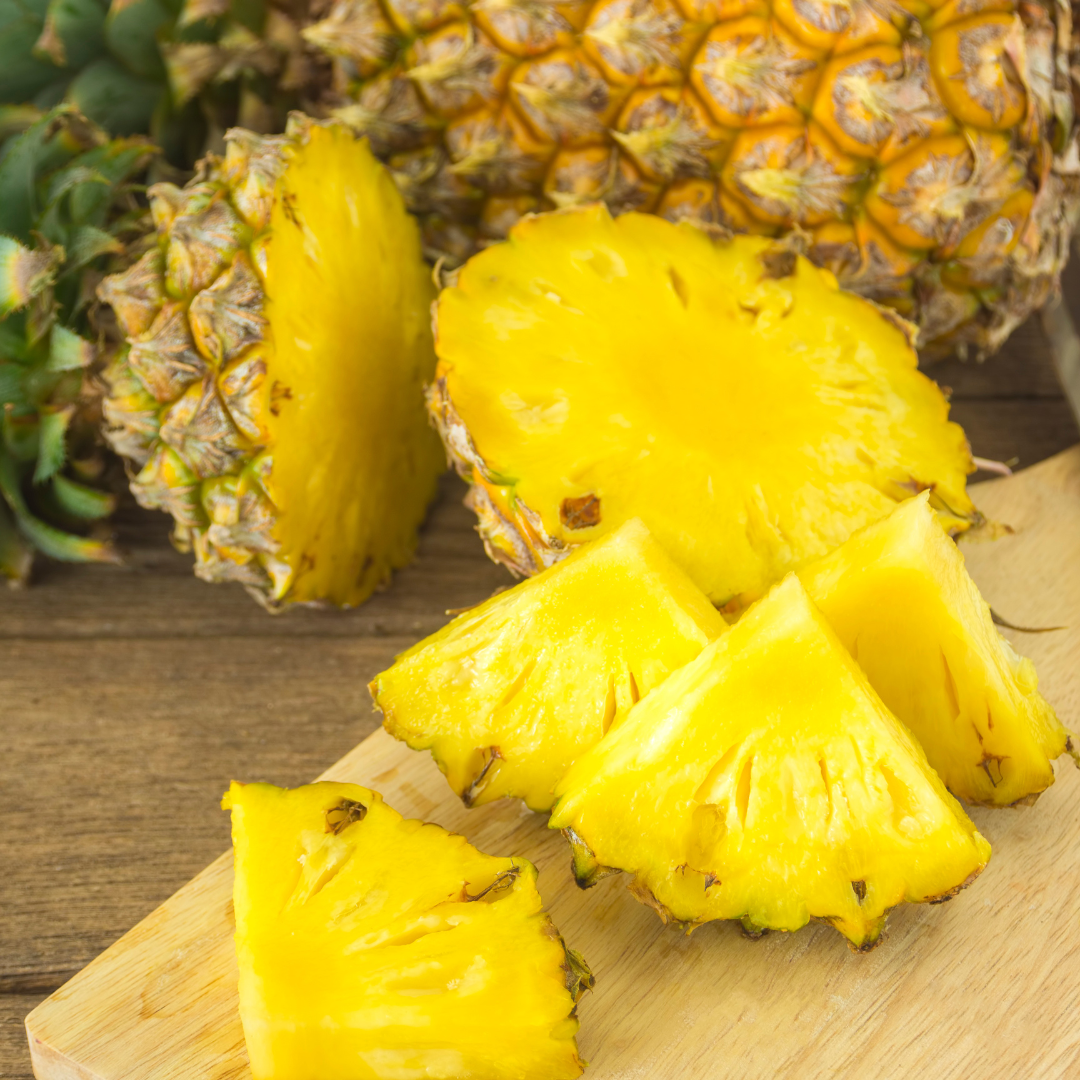
5. Relief Of Arthritis Pain
Bromelain, found in pineapples, has anti-inflammatory properties that may help persons with osteoarthritis.
“If you have achy joints due to osteoarthritis, consider incorporating pineapple into your diet,” Zumpano advises, “but don't stop taking your meds or adjust your dose without first consulting your doctor.”
6. Post-Workout Recovery
When your muscles work hard, they develop inflammation, which causes soreness that can keep you out of commission for up to three days.
However, adding pineapple to your post-workout smoothie may help you get back to your workout schedule faster.
“The anti-inflammatory properties of pineapple may help muscles recuperate more quickly,” Zumpano explains.

7. Pineapple Is Good For Your Bones
According to the University of Rochester Medical Center, the trace mineral manganese and calcium are necessary for sustaining strong bones.
According to Oregon State University, pineapple is one of the best food sources of manganese, with a single cup containing around 76 percent of the necessary daily dose.
According to Oregon State University, manganese may help prevent osteoporosis and increase bone and mineral density.
But be careful not to overdo it: according to a study published in The Open Orthopaedics Journal, consuming more than 11 mg of manganese daily can be harmful and raise the risk of cognitive impairments.
8. Promotes Tissue Regeneration
“The only meal is known to contain bromelain, an enzyme that aids in the healing of your skin and tissues,” explains Zumpano.
According to the study, bromelain “appears to create molecules that fight pain and swelling.”
Bromelain, a compound found in pineapple, may help your skin repair after surgery or damage.
Grow Pineapple On A Balcony
Now, I’ll share some essential steps to help you grow pineapple on a balcony.
Selection Of Containers
Pineapple plants can grow fairly huge (up to several feet across) and need to be grown in a large pot. A big, 5-gallon planting pot will be required for a fully-grown plant.
If it were any smaller, the plant's growth would be stunted. However, you can get away with using smaller pots throughout the early phases of its life, up to roughly a year.
You may leave the pineapple outside in the sun during the summer. Take care, however, to bring it inside before the first frost. The plant will die soon if it is exposed to the cold.
Planting
Pineapples are frequently produced from a fruit's crown. Look for one that is equally ripe and has a full set of green leaves on top the next time you buy one.
You'll want to chop off the pineapple's crown and remove any residual fruit or rind with care. If nothing is done, it will deteriorate.
Then, pluck a few leaves at the bottom of the crown, leaving about an inch of bare stalk. Set this away for a few days to allow it to dry.
Next, the crown should be placed in high-quality, fast-draining potting soil. Now is the time to begin watering the plant with enough water to keep it moist.
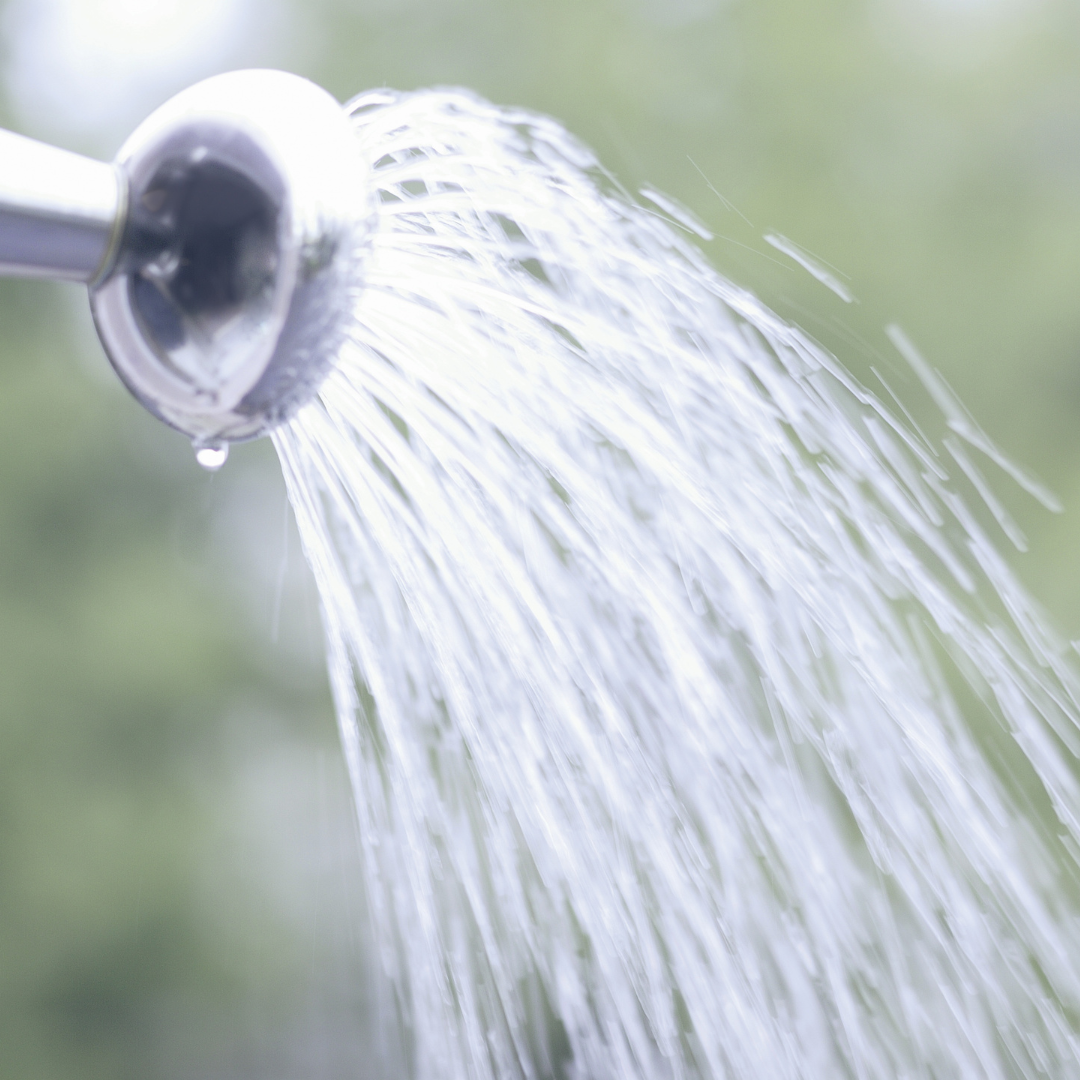
Watering
After carefully planting the crown, water it regularly and never allow the soil to become dry. It's preferable to use a spray bottle for this!
Water it regularly when it has grown into a plant when the topsoil is slightly dry. Never let the plant dry out completely or overwater it.
Blooming
Pineapples usually bear fruit after two years. You can accelerate the process by exposing the plant to ethylene gas.
To do so, wrap the plant in plastic and cover it with overripe apples for two to three weeks.
The pineapples ultimately decay, generating ethylene gas and encouraging the plant to blossom and expand.
You'll have to wait a while for the plant to bear fruit. When the fruit has turned a golden yellow, sniff it and pick it up when you detect the unique pineapple aroma.
Location
The plant prefers bright lighting in general. It can be placed in full sun during the vegetation phase, but this should be avoided in the winter, just like the intense noon heat in the summer.
The plant develops much like it would at home in South America, at tropical temperatures of 25 to 30° Celsius and a humidity of roughly 60%. The plant should also be protected from draughts and radiator air.
Temperature
Pineapples will perish if the temperature falls below freezing. Below 60°F (15.5°C) and above 90°F (32°C), growth comes to a halt.
The ideal temperature range is between 68 and 86 degrees Fahrenheit (20 and 30° Celsius). The only time you'll need to prune your pineapple is to remove any dead or damaged leaves.
Fertilizer
Spray the plant leaves with a diluted solution of seaweed extraction two or three times a week, which will serve as the plant's needed fertilizer or food.
Leaves that turn red indicate that your plant isn't getting enough “food.” If this occurs, increase the volume or frequency of your spraying.
Harvesting
Usually, it takes roughly 2-3 years for the plant to blossom and yield fruit. It will take several months before it blooms and begins to give fruit.
The size of the plant determines the size of the fruit. So, if you obtain a smaller fruit, don't be discouraged; it's still excellent. Pick the pineapples when they are a golden yellow colour and evenly ripe.
Pests & Diseases Of Pineapple
Pineapple plant illnesses and pests can sabotage an otherwise good harvest, but if you know how to spot them, you can take preventative measures.
Here are some of the most prevalent pineapple issues, as well as some helpful ideas for coping with them:
1. Mealybugs And Scale
Pineapple bugs that feed on the sap If you adore pineapple as much as we do, keep an eye on the undersides of your plant's leaves.
When it comes to mealybugs, you'll see a fluffy, wax-like material accumulating surrounding the fuzzy insects.
Scales may be hidden beneath waxy or cottony coatings, making them less visible. If mealybugs are present near the base of the plant, both can be treated with horticultural oil by spraying or soaking the entire plant.
2. Nematodes
Pineapples attract a variety of worms, resulting in a sickly plant, decreased fruit yield, and a general decline.
It's tough to get rid of nematodes, so it's best to avoid them in the first place by using clean, sterile media for growing pineapples inside or in a greenhouse.
For pineapples in the garden, a three-year crop rotation with grasses like green foxtail grass is advised.
If your plant already has nematodes, the best action is to feed and water it properly, then dispose of it after fruiting, if successful.
3. Top Rot And Root Rot
Though distinct infections cause them, these two common fungal diseases can be treated similarly.
The sole apparent evidence of root rot is a plant that appears to require watering, with drooping leaves and other indicators of distress.
Top rot may manifest as a ring of dead leaves around the plant's center.
Overwatering or poorly drained soils induce both. Potted plants can benefit from immediate changes in watering techniques and repotting in clean, dry soil, while outdoor plants will benefit from improved bed drainage and paper mulching.
4. Crookneck
Crookneck is caused by a zinc shortage in the soil, affecting plants 12 to 15 months old or suckers.
The plant may bend over and grow nearly horizontally, and the heart leaves may become twisted, brittle, and yellow-green.
Small blisters may form over time and then mature into gray-brown sunken areas. A one percent zinc sulphate solution is used to correct the mineral deficiency.
How To Keep Pineapples Fresh
Don't eat that exquisite pineapple for too long after you've found it. Your fruit may be spoiled if you store it incorrectly. Here's how you can keep it tasty:
1. On The Kitchen Counter
Most pineapple can keep for two days at room temperature on your counter. Keep it away from heat sources and direct sunshine.
2. Refrigerator Contents
Refrigerate a pineapple that is whole and uncut. It'll last for roughly five days.
3. After It's Been Cut
Place fresh chopped pineapple with part of its juice in an airtight container. Before serving, keep it refrigerated for up to five days.
>>>Please click here for the Best 9 Vegan Pineapple Recipes For Your Kids on my Vegan website<<<
Conclusion
Growing pineapples on a balcony is feasible, and it is simple! If you have a full-sun South or West window, this tropical plant will even bear fruit in your home.
It doesn't mind partial shade if you're planting it in a hot environment.
However, waiting for a pineapple to bear fruit takes a long time, so use it as a houseplant till then and follow the steps to grow pineapple on a balcony. If you have any questions or opinions, feel free to comment here.
I trust you enjoyed this article on the Easy Ways To Grow Pineapple On A Balcony. Please stay tuned for more blog posts to come shortly. Take care!
JeannetteZ
>>>Please click here to read my all-inclusive article about Container Gardening<<<
Are you interested in homegrown herbs and medicine? Please click here to find out more about it!
Your Opinion Is Important To Me
Thoughts? Ideas? Questions? I would love to hear from you. Please leave me your questions, experience, and remarks about this article on the Easy Ways To Grow Pineapple On A Balcony in the comments section below. You can also reach me by email at Jeannette@Close-To-Nature.org.
Disclosure
This post may contain affiliate links. I earn from qualifying purchases as an Amazon Associate and other affiliate programs. Please read my full affiliate disclosure.
You might also enjoy these blog posts:
8 Easy Steps To Growing Kale In Containers
9 Easy Steps To Growing Lettuce In Containers
How To Grow Carrots In Containers
Top Reasons Why You Need A Dog In Your Life
9 Secret Techniques To Growing A Cherry Tree In Container

